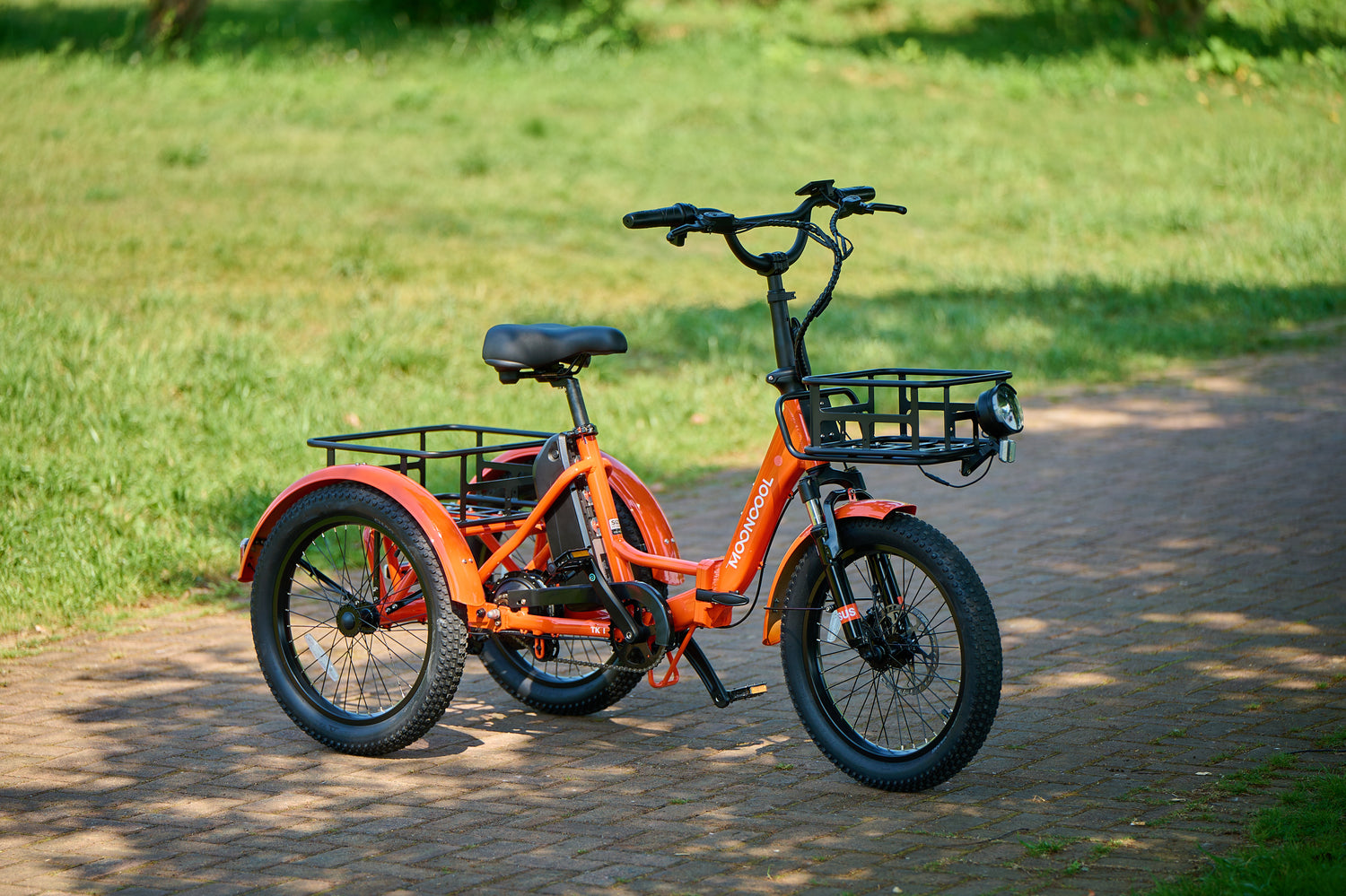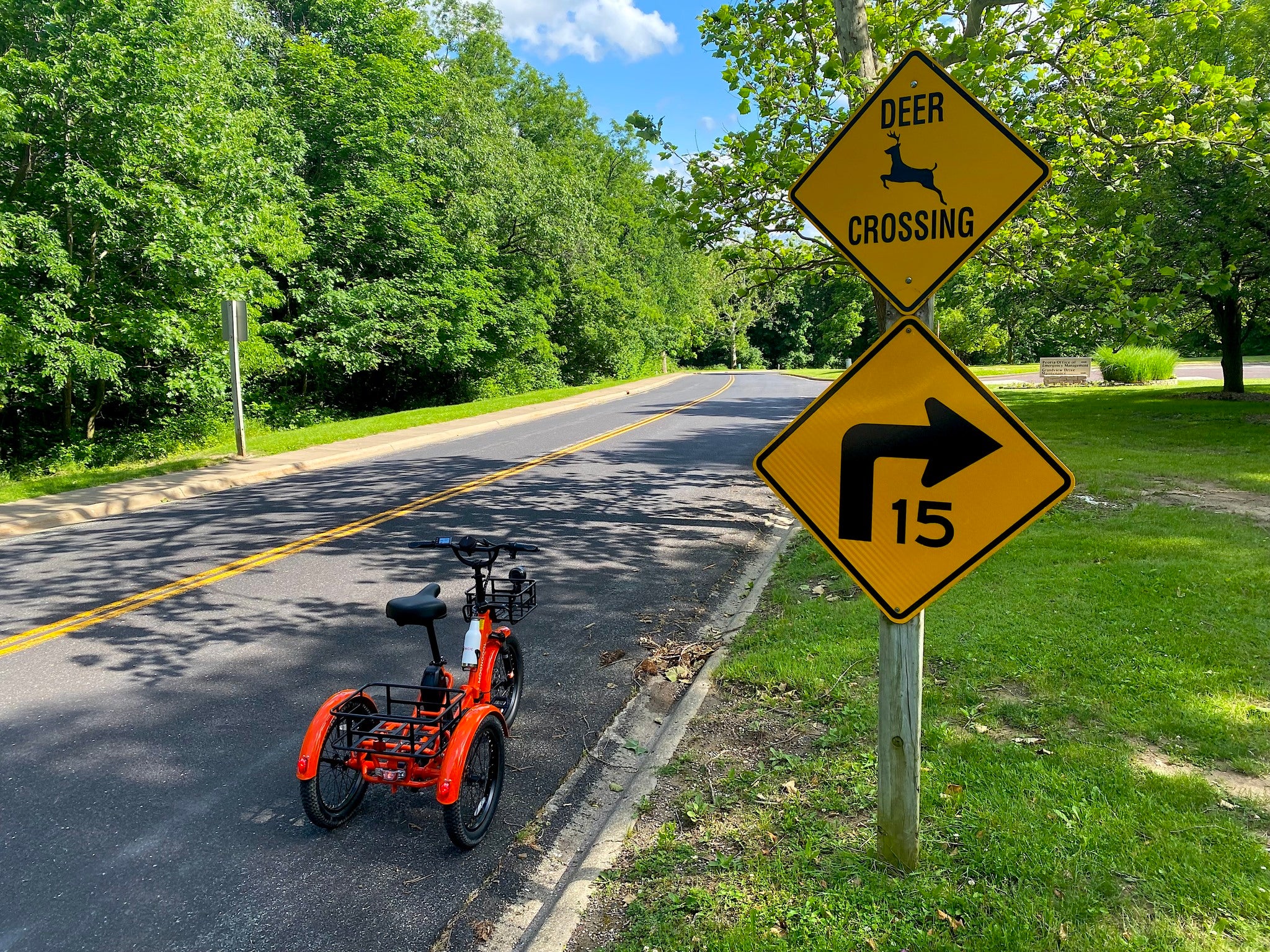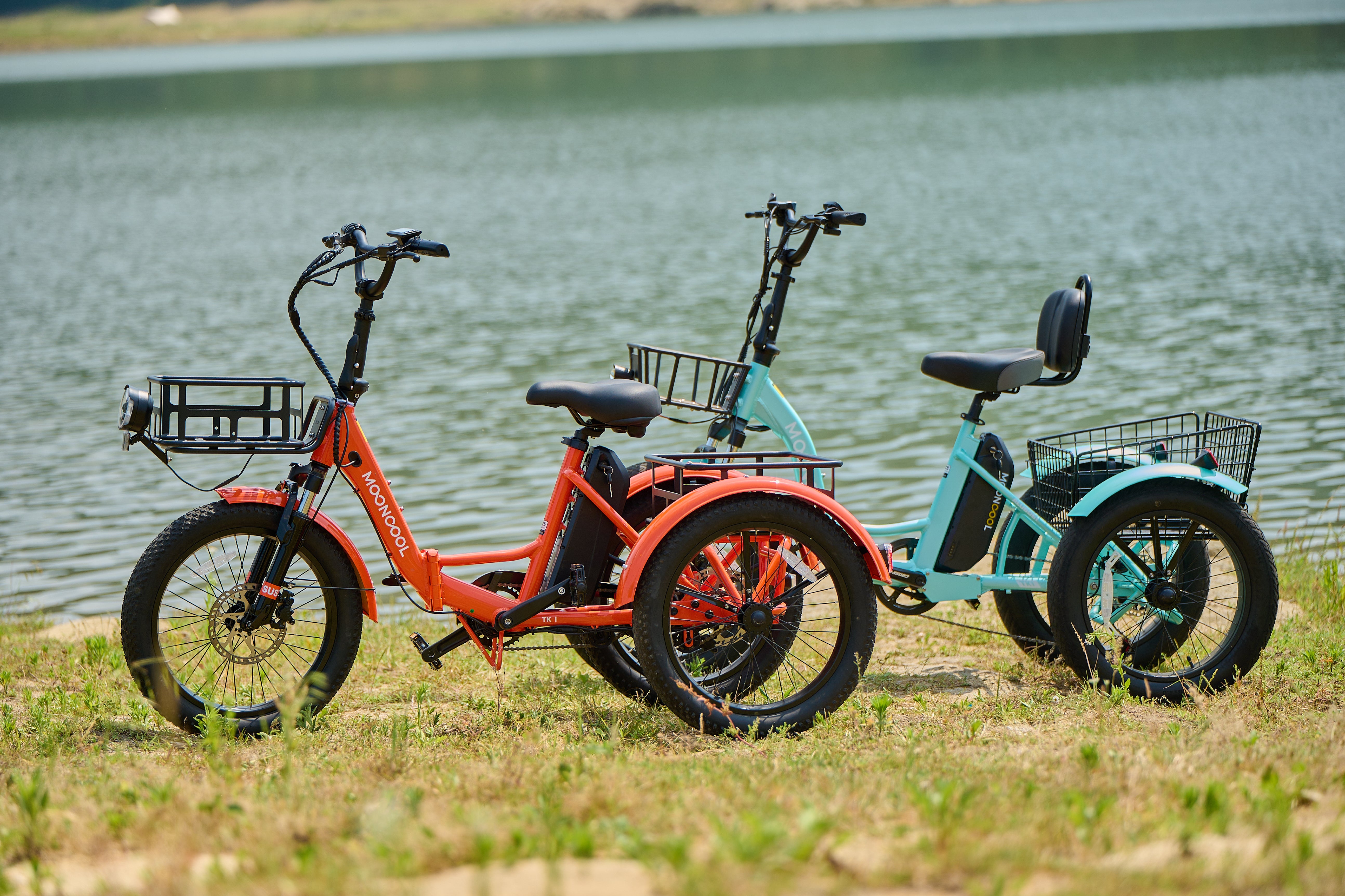You may be surprised to learn that weather can affect how your electric trike performs and behaves. Various weather conditions can pose maintenance problems or negatively impact the ownership experience. So here's our guide to the impact of weather conditions on electric trikes and what you can do to ensure yours is at its best.
Weather Impact on Electric Tricycle Performance
High Temperatures
Battery life takes a major hit as cells overheat from the sun's intensive rays. You may notice a significant drop in riding range on very hot days. Heat also strains the motor and controller, reducing zippy acceleration and top speed potential.
Electronic displays can malfunction if temperatures inside the trike rise too high. In extreme cases, safety circuits may automatically cut power to prevent meltdowns. Excess thermal exposure prematurely ages batteries too, diminishing their capacity over time.
Cold Weather
Cold weather also affects battery performance, but in the opposite way of hot temperatures. The chemical reactions are slowed down, reducing efficiency and range. You may also notice that your battery will take longer to charge, which can be frustrating and inconvenient. But you can protect your battery with some specific actions we'll go into later in this post.

Wet Weather
It's no secret that water and electricity don't mix. However, you can ride your electric trike in the rain without worrying. Electric trike manufacturers ensure their products have an IP (ingress protection) rating, determining their resistance to water and dirt. However, it's essential to know that an electric trike is only waterproof to a point. Therefore, you should avoid fully submerging it, so don't ride through deep puddles, into streams, etc.
Riding Tips for Common Weather Conditions
Understanding the impact of weather conditions on electric trikes will improve your riding experiences, improve reliability, and reduce maintenance issues. Here's what you should do:
Sun Protection Measures For Summer Riding
During the summer months, you should avoid leaving your trike's battery in direct sunlight for extended periods if possible. It's best to find a nice shaded or cool area to leave your trike as it will prevent the battery from cooking in the sun.
Sometimes, it is possible to remove the battery from your trike and take it with you. This means you know your battery is in a cool and safe place and will perform as it should when it is time to ride. On top of this, removing the battery is a good security measure, as your trike is less desirable to thieves.
While riding your trike, you may notice a reduction in performance due to the motor overheating. Therefore, it's a good idea to stop riding for a few minutes and sit in the shade if possible. Alternatively, if your route is flat, you could ride without the motor switched on, allowing the motor to cool while you’re still moving.
As a preventative measure, riding in lower assistance modes will make the motor less likely to overheat. Also, before you set off, check that the cooling vents are free of debris, as this will stop cool air from flowing through the motor, causing heat buildup.
Cold Weather Precautions
Lithium-ion batteries simply don't like the cold. As temperatures drop, their internal chemical reaction slows down, reducing the amount of energy that can be released. You may notice a significant shortening of your trike's range once thermometers dip below freezing.
The remedies? Keeping your battery insulated helps preserve riding time. You can install an insulating jacket or store the pack indoors when not riding. It's also wise to avoid charging cold batteries until they warm up to room temperature. With some simple precautions, your electric trike keeps on riding through winter's worst chills.
Rainy Day Riding Tips
Like riding a traditional bike, riding an electric trike on a rainy day requires adjusting your riding style.
How To Cope With Reduced Grip
Wet weather drastically reduces traction, making slick surfaces about as grip-friendly as an ice rink. One careless move could send you spinning out of control
Braking performance also takes a major hit in the wet stuff. You'll need a much longer stopping distance to avoid skidding the tires. Apply the brakes sooner and with a gentle, progressive squeezing motion rather than grabbing them hard. The integrated brake cut-off on the TK1 helps prevent accidental lockups.

Those big TK1 tires are your friends when it's wet out. Their deep, knobby tread bites into puddles and slick pavement, improving traction over slicks. Still, hydroplaning can occur with enough standing water. Avoid crossing deep areas and watch for build up around storm drains.
Make Yourself More Visible
Rain often makes cyclists less visible to other road users, and the situation is made worse by the darkness. Therefore, it's a good idea to wear brightly colored clothing that makes you stand out. Most quality electric trikes, like the Mooncool TK1, have factory-fitted lights, which are essential for low-light riding. But if yours doesn't, we recommend fitting it with bright LED lights to draw the attention of other road users.

Others
Fenders are a must-have rainy day accessory too. They prevent rooster tails of dirty spray from soaking your backside. You may also want to invest in some waterproof riding gear to stay dry. With a healthy dose of cautious riding, your electric trike can tackle driving rain safely.

Final Thoughts
With a little preparation for the forecast, your Mooncool electric trike ensures year-round riding enjoyment. Embrace the scenery as seasons change, while cruising comfortably in command of your power-assisted ride.





Leave a Comment
This site is protected by hCaptcha and the hCaptcha Privacy Policy and Terms of Service apply.